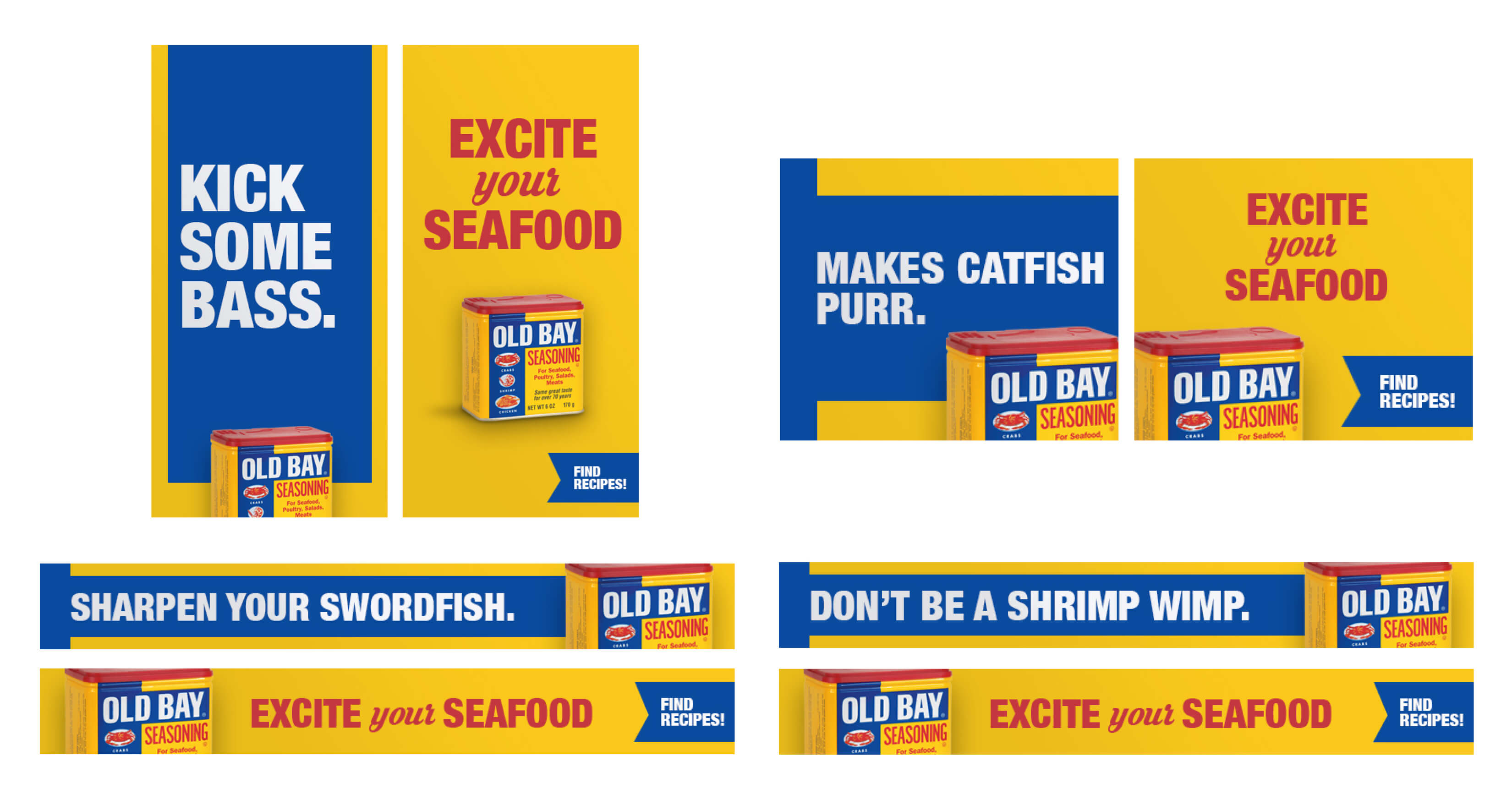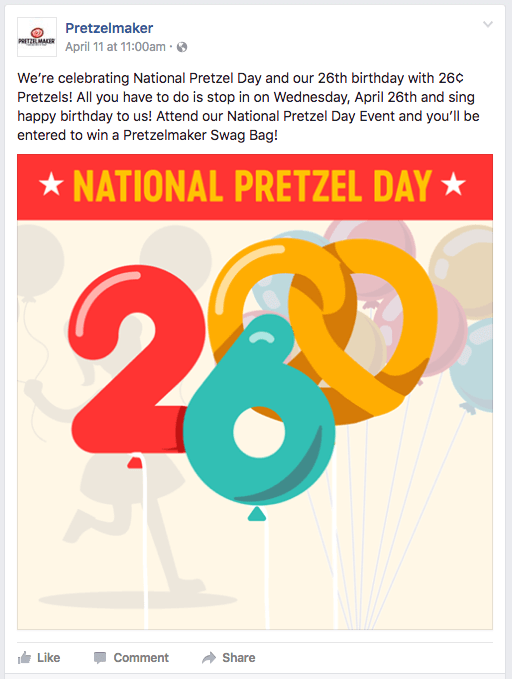How to Overcome Your Fear of Content Writing
See that keyboard in front of you? Are you scared to touch it? That's understandable. Never in the history of the written word has writing been more frightening for marketers. How are you supposed to know how to write not just for traditional media, but for a seemingly endless list of emerging platforms?
You’ve got Twitter, Facebook, LinkedIn, blog posts, emails, native ads, SEO/SEM, digital banners, retargeting banners, video and more. Each of these comes with its own set of rules. Keep your Facebook text around 90 characters, and your email subject lines under 65. Blog posts more than 1,000 words will rank higher in Google search results. For highest viewing rates, YouTube video ads should be 15 to 30 seconds. And put no more than two or three hashtags in tweets, which, as we all know, are limited to 140 characters. (Even the president can’t break that rule).
What’s worse, by the time you read this, those rules could have changed. Readers may have become more discerning, cynical or impatient. Facebook may have changed an algorithm. Google might have added to its Adwords requirements.
But you know what hasn’t changed? Good writing.
Content rules are easy enough to learn and re-learn. What’s harder is understanding how to truly connect with your readers or viewers -- how to get inside their heads and push the button that says, “I want that!”
I’ve been an advertising copywriter for a long time. You would think that would automatically disqualify me from writing about content in 2017. Just the opposite. The things I learned when I started in advertising are more necessary today than ever.
Here. I’ll number them for you, because currently, people respond to blog posts with numbers.
Five ways to improve your content writing
- Begin with empathy. Take some time to learn something about your audience. Find out more than their household income or education level. Walk in their shoes. What problems are they having? How can what you’re selling solve those problems or meet their needs? That’s why I began this post the way I did. Understanding the audience is the key to selling the audience.
- Don’t talk about yourself so much. Would you go to a dinner party and talk endlessly about what makes you so wonderful? (If yes, please don’t invite me over for dinner). It’s the same with content writing. Instead of reciting your brand’s amazing benefits, show the audience how what you’ve got to offer will improve their life. I once had an assignment from OLD BAY, the unique, mouth-watering seafood seasoning. Rather than presenting people with a list of product attributes, like “unique” and “mouth-watering,” we instead chose to focus on the end benefit for the user. OLD BAY would “Excite your seafood,” we said, and turn fish night into something special.

- Write to express, not impress. The more you load your content with acronyms, big words and long sentences, the more likely you are to be ignored. People respond to genuine appeals, worded in a conversational (but not ungrammatical) way. Re-read what you’ve written and ask yourself if words can be cut or simplified. Nobody likes to have their time wasted. A simple, easily understood message that rings true is the ultimate way to impress your audience.
- Remember who’s boss. Sure, you may be paid by a person or a company to write, but you’re not earning that money unless you’re working for your audience. If clients give me a list of self-centered copy points, my first job is to re-direct those points to the people reading or watching my message. I have to tell them why what I’m selling should matter to them. Ocean City, Maryland has never had any doubts about this approach. While the town has a long list of attributes, we’ve always attempted to cast those benefits as a solution – helping to alleviate boredom, for instance, or to combat the problem of wasted vacation days.
- Don’t forget the brand. While what you’re writing should always be directed at a specific audience, helping to solve a problem or meet a need, it’s never been more important for your messaging to be driven by an underlying brand strategy. What you write needs to support that brand, however subtly. For instance, we know that our client Pretzelmaker doesn’t just sell pretzels. It sells bite-sized moments of happiness. So most every post we write, and every point-of-sale message we create, is infused with fresh-baked joy.

Content involves more than writing, of course. Visuals play a huge role, and video is exploding. Regardless, it’s important to get the words right. Even if you’re limited by word count, you need to make every word count. Better yet, let the words and visuals work together. With so much content in so many places, the winners will be those marketers who take full advantage of not just what is seen, but what is said.
---
John Patterson is Executive Vice President/Creative Director of MGH.






